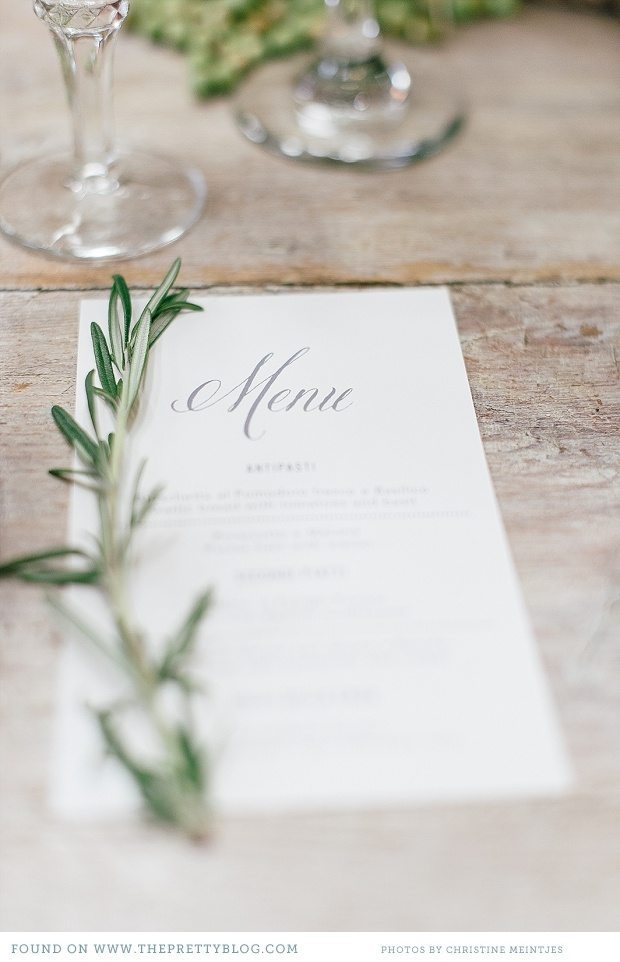Despite what you might think, you don’t have to be a sun-kissed couple fresh from the shores of Sicily in order to have an Italian
wedding. A couple of Italian descent are more than welcome to weave Italian traditions into their wedding — whether or not they’ve
ever set foot in Italy. Many of us find that the most satisfying weddings combine nostalgic old traditions with contemporary ways of doing things. And old religious observances, historic dances, and traditional Italian foods are sure to give your wedding a warm Italian heart.
As everyone knows, Roman Catholicism is Italy’s primary religion. So a traditional Italian wedding typically means a traditional Catholic wedding as well, including a full mass with the ceremony. However, it’s still true that not every Italian is Catholic. Although it may be a bit unusual, if you and your partner aren’t Catholic, you can still incorporate the Italian traditions in your reception. One of the most charming is the dove release, symbolizing the love and affection of each newlywed for the other, although this tradition is not very old.
It’s possible to add a few other charming Italian traditions to your wedding ceremony. One is for the groom to keep a small piece of iron in his pocket throughout the ceremony, to ward off evil spirits and bring the couple good luck. Believe it or not, another is for the bride to slightly tear her veil, which is also said to bring blessings to the couple. A couple can participate in another old Italian tradition by tying ribbons to the chapel entrance, which symbolize their new bond.

You’ll probably find that the richest place for incorporating old world tradition is in the reception following the ceremony. Customarily, your guests assemble in the reception room before you arrive, where they’ll be served spirits: sweet liquers for the women, and stronger drinks for the men. It’s important that everyone be served before you show up, because tradition demands that they offer you a toast the moment you arrive.
No Italian wedding is complete without a few traditional dances, such as the Tarantella. Although the Tarantella’s origin is somewhat murky, most of the stories about it involve a spider bite, and tell of a dance either meant to counteract the venom, or one that simply mimics the uncontrolled motions of the sufferer.
At any rate, these days the Tarantella is performed at wedding parties to wish the couple a fine future together. Participants form a circle and dance in a clockwise direction, until the music speeds up and the dancers must change direction. The tempo changes several times, each time forcing the dancers to change direction and dance even faster. The Tarantella continues until it becomes impossible to keep up, and the dance falls apart.

What’s the most distinguishing aspect of an Italian wedding? The food, of course. The Italians invented the evocative word abbondanza, which somehow means something more than mere “abundance,” and no Italian wedding would be complete without an overwhelming feast of many courses. Traditionally, the wedding reception begins with an antipasto course of cheeses, olives, mushrooms, and pickled sweet peppers. This course is followed by subsequent courses starring pastas, meats, salads, soups, and desserts, each one punctuated by freely flowing wine.
It’s interesting to note that some of the foods at an Italian wedding have symbolic overtones. For example, the giving of sugar-coated almonds to guests symbolizes that marriage is both bitter and sweet. The number of almonds given is associated with traditional meanings: for example, three almonds speak to fertility, while five almonds wish for wealth.

Another authentic wedding tradition is the breaking of a glass at the reception’s end, somewhat like a similar tradition within the Jewish faith. However, the deeper symbolism underlying these traditions is very different. Within Judaism, the broken glass symbolizes human frailty and the hardship the couple’s ancestors endured as a result of their faith. But in Italian weddings, the broken glass points toward the future. The number of shards is said to predict the number of happy years the couple will have together.
It’s deeply satisfying for couples of Italian descent to weave these traditional elements into their modern-day wedding. Even if only your distant relatives still reside on Italian soil and you’ve never been to Italy, it’s still absolutely fine to follow these traditions. And that’s not to say you have to be Italian, either — all that’s required is that you appreciate the richness of Italian culture and are willing to try something new.


